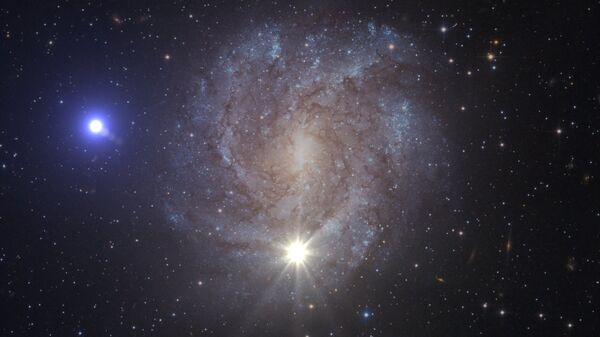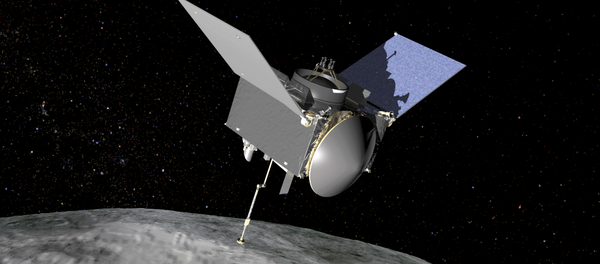Previous research showed that supernovae generate a mildly radioactive variety of iron known as iron-60, throwing it out into space. While supernovae produce huge amounts of the material, other natural ways of creating it produce only up to one-tenth as much.
Significant levels of radioactive iron-60 isotopes were recently discovered in 120 core samples extracted from the Pacific, Atlantic, and Indian Oceans, proving a theory that fallout from a dying star washed across the Earth, affecting its biological development.
The supernova debris apparently rained down on Earth for about 800,000 years, with iron-60 levels peaking about 2.2 million years ago, according to researchers. This time period coincides with an extinction event that claimed mollusks such as marine snails and bivalves. A period of global cooling occurred during that period as well.
"Finding still-live atoms of iron-60 ejected from the guts of a supernova 2.6 million years ago within magnetofossils is awesome," study co-author Shawn Bishop, an experimental nuclear astrophysicist at the Technical University of Munich in Germany, told Space.com.
"We can't say anything about the causative contribution of this supernova to this extinction, but…it seems like an astronomical coincidence."
Bishop added that future research may unveil more evidence to clarify a link between the two events.




